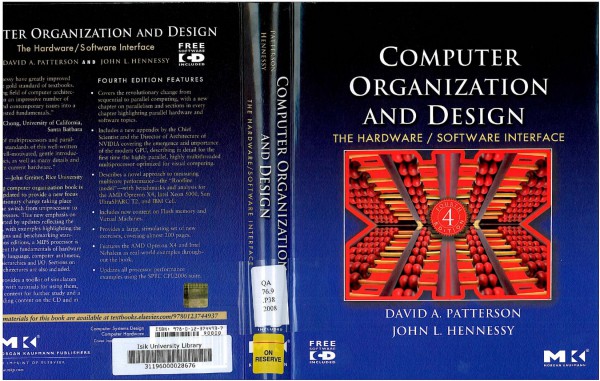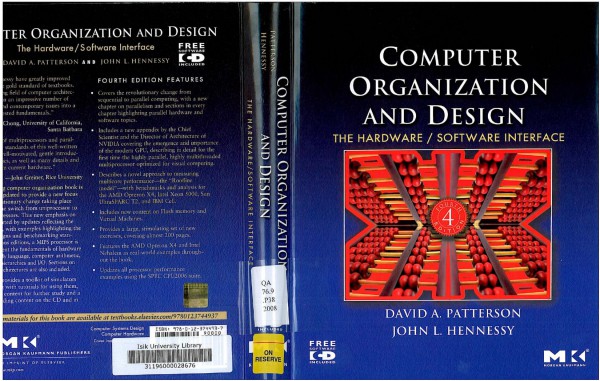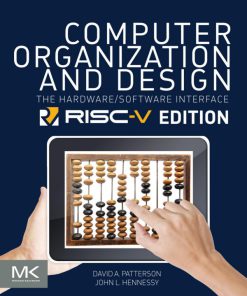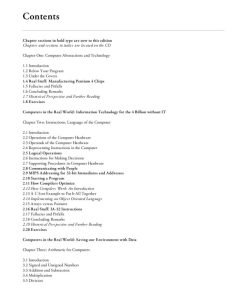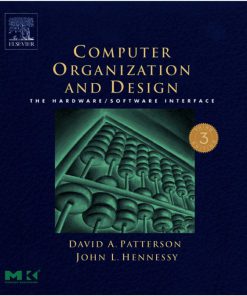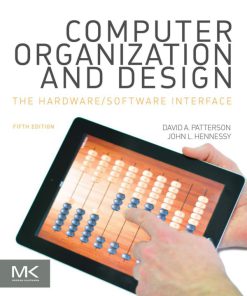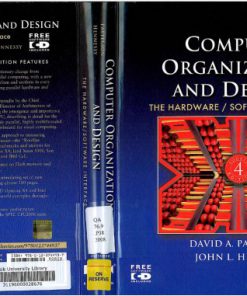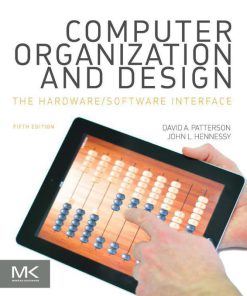Computer Organization and Design The Hardware Software Interface 4th Edition by David A Patterson, John L Hennessy ISBN 0123744938 9780123744937
Original price was: $50.00.$25.00Current price is: $25.00.
Authors:David A. Patterson; John L. Hennessy , Series:IT & Computer [437] , Tags:Computers; Systems Architecture; General , Author sort:Patterson, David A. & Hennessy, John L. , Ids:Google; 9780128017333 , Languages:Languages:eng , Published:Published:Mar 2016 , Publisher:Elsevier Science , Comments:Comments:The new ARM Edition of Computer Organization and Design features a subset of the ARMv8-A architecture, which is used to present the fundamentals of hardware technologies, assembly language, computer arithmetic, pipelining, memory hierarchies, and I/O. With the post-PC era now upon us, Computer Organization and Design moves forward to explore this generational change with examples, exercises, and material highlighting the emergence of mobile computing and the Cloud. Updated content featuring tablet computers, Cloud infrastructure, and the ARM (mobile computing devices) and x86 (cloud computing) architectures is included. An online companion Web site provides links to a free version of the DS-5 Community Edition (a free professional quality tool chain developed by ARM), as well as additional advanced content for further study, appendices, glossary, references, and recommended reading. Covers parallelism in depth with examples and content highlighting parallel hardware and software topicsFeatures the Intel Core i7, ARM Cortex-A53, and NVIDIA Fermi GPU as real-world examples throughout the bookAdds a new concrete example, “Going Faster,” to demonstrate how understanding hardware can inspire software optimizations that improve performance by 200XDiscusses and highlights the “Eight Great Ideas” of computer architecture: Performance via Parallelism; Performance via Pipelining; Performance via Prediction; Design for Moore’s Law; Hierarchy of Memories; Abstraction to Simplify Design; Make the Common Case Fast; and Dependability via Redundancy.Includes a full set of updated exercises

